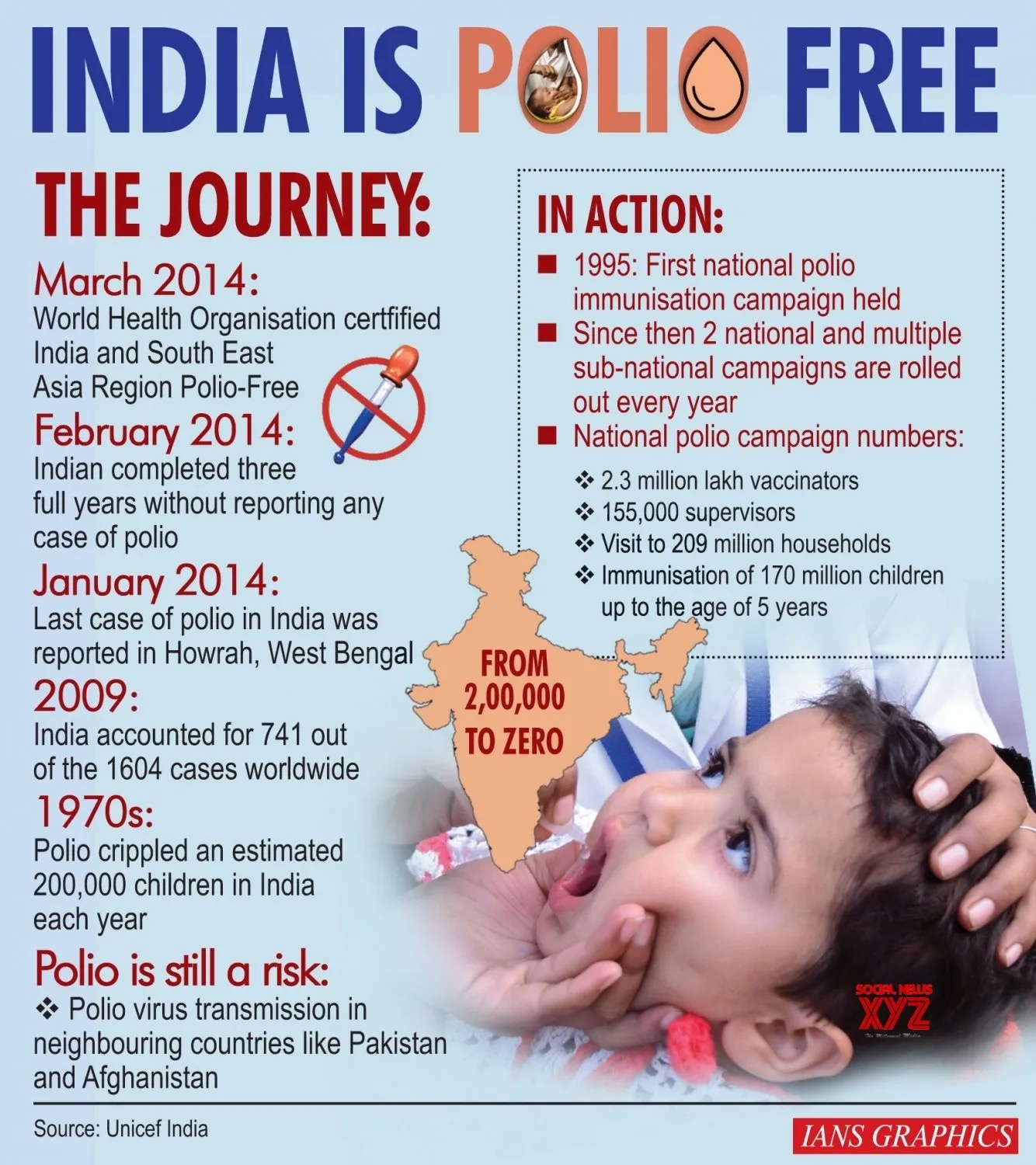Introduction

Polio, also known as poliomyelitis, is a highly infectious disease that can cause paralysis, deformity, and even death. Despite significant progress in global polio eradication efforts, the disease still poses a threat to children and communities in some parts of the world, including Zambia. In response to this challenge, the Zambian government, in collaboration with international partners, has launched a series of polio vaccination campaigns aimed at immunizing all children under the age of five against this debilitating disease. This article provides an overview of the polio vaccination campaigns in Zambia in 2025, highlighting the strategies, challenges, and successes of these efforts.
Background
Polio was once a major public health problem in Zambia, with the country experiencing frequent outbreaks and a significant number of cases. However, thanks to concerted efforts by the government, international partners, and local communities, the number of polio cases in Zambia has declined significantly over the years. According to the World Health Organization (WHO), Zambia has not reported any wild poliovirus cases since 2016. Nevertheless, the risk of polio transmission remains, particularly in areas with low immunization coverage and poor sanitation.
Objectives of the Polio Vaccination Campaigns
The primary objective of the polio vaccination campaigns in Zambia is to immunize all children under the age of five against polio, thereby preventing the spread of the disease and ultimately achieving polio eradication. The campaigns also aim to:
- Boost immunization coverage: Increase the percentage of children vaccinated against polio, particularly in areas with low immunization coverage.
- Reach underserved populations: Target children in hard-to-reach areas, such as rural communities, urban slums, and areas with limited access to healthcare services.
- Strengthen disease surveillance: Enhance the ability to detect and respond to polio cases, including the identification of potential outbreaks and the implementation of control measures.
Strategies and Tactics
To achieve the objectives of the polio vaccination campaigns, the Zambian government and its partners have employed a range of strategies and tactics, including:
- Mass vaccination campaigns: Organized vaccination campaigns that target all children under the age of five, regardless of their previous vaccination status.
- House-to-house vaccination: Vaccination teams visit households to immunize children who may have missed previous vaccination opportunities.
- Fixed-site vaccination: Vaccination sites are established in health facilities, schools, and other community locations to provide easy access to vaccination services.
- Mobile vaccination: Vaccination teams use mobile units to reach remote and hard-to-reach areas.
- Social mobilization: Community leaders, influencers, and mobilizers are engaged to promote the vaccination campaigns and encourage parents to have their children vaccinated.
- Partnerships and collaborations: The government and its partners work together to leverage resources, expertise, and networks to support the vaccination campaigns.
Challenges and Limitations
Despite the progress made in the polio vaccination campaigns, several challenges and limitations remain, including:
- Limited resources: Insufficient funding, infrastructure, and human resources can hinder the effectiveness of the vaccination campaigns.
- Insecurity and conflict: In some areas, insecurity and conflict can disrupt vaccination services and limit access to affected populations.
- Misinformation and vaccine hesitancy: Misconceptions and fears about vaccines can lead to resistance to vaccination, particularly in areas with limited access to accurate information.
- Logistical challenges: Remote and hard-to-reach areas can pose logistical challenges, including difficulties in transporting vaccines, equipment, and personnel.
Successes and Achievements
The polio vaccination campaigns in Zambia have achieved significant successes, including:
- Increased immunization coverage: The campaigns have resulted in a substantial increase in the percentage of children vaccinated against polio.
- Reduced number of polio cases: Zambia has not reported any wild poliovirus cases since 2016, a testament to the effectiveness of the vaccination campaigns.
- Improved disease surveillance: The campaigns have strengthened disease surveillance, enabling the early detection and response to potential outbreaks.
- Community engagement and participation: The campaigns have fostered community engagement and participation, with local leaders and influencers playing a crucial role in promoting vaccination and supporting the campaigns.
FAQ
Q: What is polio, and how is it transmitted?
A: Polio is a highly infectious disease caused by the poliovirus. It is transmitted through the fecal-oral route, where the virus is shed in the stool of infected individuals and can contaminate food, water, and surfaces.
Q: What are the symptoms of polio?
A: The symptoms of polio can range from mild, flu-like symptoms to severe paralysis, deformity, and even death.
Q: Is the polio vaccine safe and effective?
A: Yes, the polio vaccine is safe and effective in preventing polio. The vaccine has undergone rigorous testing and has been used for decades to protect millions of children worldwide.
Q: Who is eligible for the polio vaccine?
A: All children under the age of five are eligible for the polio vaccine, regardless of their previous vaccination status.
Q: How often should children be vaccinated against polio?
A: Children should receive multiple doses of the polio vaccine, with the first dose administered at birth and subsequent doses given at 6, 10, and 14 weeks, and a booster dose at 12-18 months.
Conclusion
The polio vaccination campaigns in Zambia in 2025 represent a critical step towards achieving polio eradication in the country. Despite the challenges and limitations, the campaigns have achieved significant successes, including increased immunization coverage, reduced number of polio cases, and improved disease surveillance. To sustain these gains and ultimately eradicate polio, it is essential to continue and expand the vaccination campaigns, address the remaining challenges, and engage local communities in the efforts. With the support of international partners and the commitment of the Zambian government, we can work together to create a polio-free Zambia, where all children can grow and thrive without the threat of this debilitating disease.
Closure
Thus, we hope this article has provided valuable insights into Polio Vaccination Campaigns in Zambia 2025: A Comprehensive Approach to Eradication. We hope you find this article informative and beneficial. See you in our next article!